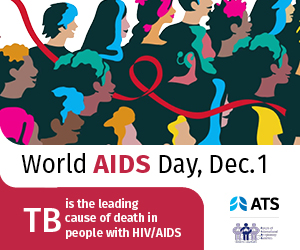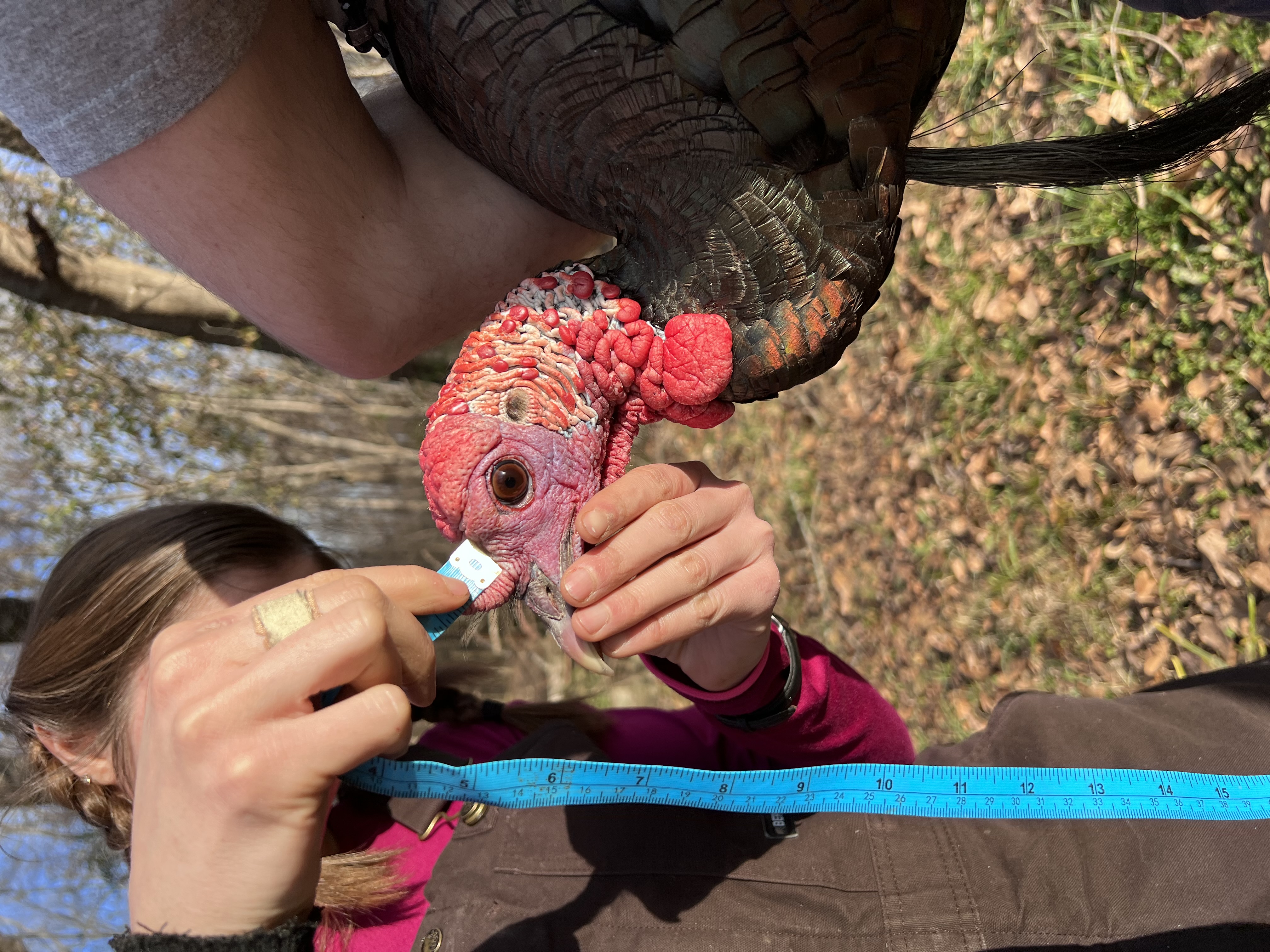Whilst modelling the forces acting upon a thrown beer mat, physicists discover why flat discs have such poor flight potential.
“We analysed the trajectory of beer mats and explained why they always end up with backspin,” says Ostmeyer whose primary research topic is the Hubbard model on the honeycomb lattice which he confesses doesn’t have much overlap with the physics of beer mats. “The crucial point is the lift attacking not in the centre but near the leading edge of the disc leading to a precession movement.”
The paper explains that when throwing a beer mat — generalised to a round shape though the real thing can come in a variety of shapes and sizes — a curious physicist quickly realises that getting it to reach any decent distance requires the mat rotating around a perpendicular axis in relation to its circular area. Whereas a frisbee sails through the air with a downwards pointing angular momentum, it’s difficult to predict the trajectory of a beer mat thanks to the development of backspin, which seems to come about at random times.
Ostmeyer goes on to explain the thinking that led him to begin investigating the dynamics studied in the paper. “In a beer hall in Munich the question arose why beer mats always prefer backspin,” the University of Bonn researcher explains. “We were frustrated by the fact that about twenty physicists could not explain a seemingly simple mechanical problem.
“First I simply wanted to understand the effect to satisfy my own curiosity, but the total lack of literature on the topic forced me to involve a team to thoroughly understand the dynamics and to share our findings.”
It can’t be overstated that the findings reached by the team have applications far more wide-reaching than the pub, bar, or beer hall. This includes some bad news for proponents of a particular brand of conspiracy theory.
“We show that a disc is bound to flip towards a backspin orientation and we give an upper bound on the time after which the flipping has to occur,” concludes Ostmeyer. The result is completely universal and can be used for any flying disc.
“For example, it provides strong evidence that we are not living on a flat earth because it would otherwise flip within roughly one second!”
References
Ostmeyer. J., Schürmann. C., Urbach, C., ‘Beer Mats make bad Frisbees,’ Eur. Phys. J. Plus, DOI



